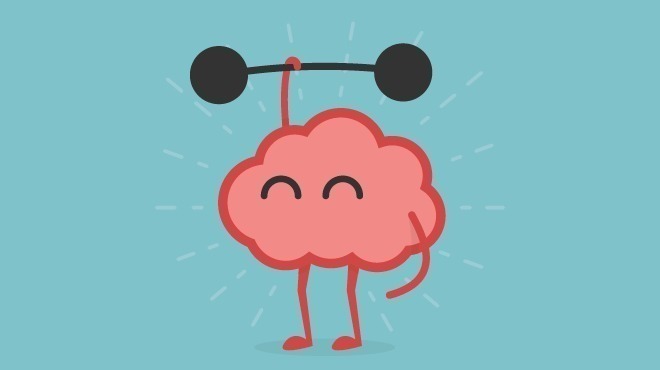Study: A combined cognitive-physical training approach may enhance both mind and body as we age
A new study found promising results for a combined physical fitness and cognitive intervention designed to enhance neuroplasticity in older adults. Using a motion-capture video game, the intervention appeared to remediate age-related declines in attention. The findings were published in the journal npj Aging.
With age, cognitive abilities naturally decline. But there is some evidence that this decline can be slowed with training. For example, cognitive interventions that leverage neuroplasticity have shown potential in improving the cognitive abilities of older adults. Additionally, physical fitness interventions have been found to improve older adults’ cognitive abilities as well as their physical health. This pattern of findings suggests that an intervention that combines both cognition and fitness may offer the most cognitive benefits.
“My background is actually in Kinesiology, and I’ve always been excited to do a cognitive training study that involved exercise in a targeted fashion,” said study author Joaquin A. Anguera, the director of Neuroscape‘s Clinical Division and an associate professor at the University of California, San Francisco. “Some people want to do cognitive training while moving rather than sitting down, and that really spoke to me as a possibility for real benefits given anecdotal stories about games like ‘Dance Dance Revolution.’”
The Study:
Integrated cognitive and physical fitness training enhances attention abilities in older adults (npj Aging). From the Abstract:
- Preserving attention abilities is of great concern to older adults who are motivated to maintain their quality of life. Both cognitive and physical fitness interventions have been utilized in intervention studies to assess maintenance and enhancement of attention abilities in seniors, and a coupling of these approaches is a compelling strategy to buttress both cognitive and physical health in a time- and resource-effective manner. With this perspective, we created a closed-loop, motion-capture video game (Body-Brain Trainer: BBT) that adapts a player’s cognitive and physical demands in an integrated approach, thus creating a personalized and cohesive experience across both domains. Older adults who engaged in two months of BBT improved on both physical fitness (measures of blood pressure and balance) and attention (behavioral and neural metrics of attention on a continuous performance task) outcome measures beyond that of an expectancy matched, active, placebo control group, with maintenance of improved attention performance evidenced 1 year later. Following training, the BBT group’s improvement on the attention outcome measure exceeded performance levels attained by an untrained group of 20-year olds, and showed age-equilibration of a neural signature of attention shown to decline with age: midline frontal theta power. These findings highlight the potential benefits of an integrated, cognitive-physical, closed-loop training platform as a powerful tool for both cognitive and physical enhancement in older adults.
The Study in Context:
- Study: Physically-active video games (‘exergames’) boost cognition more than physical activity alone
- Study: Combining aerobic and mental training can significantly improve mental and cognitive health
- The value of neuroimaging techniques (and what those squiggly lines mean)
- Can you grow your hippocampus? Yes. Here’s how, and why it matters
- Solving the Brain Fitness Puzzle Is the Key to Self-Empowered Aging



